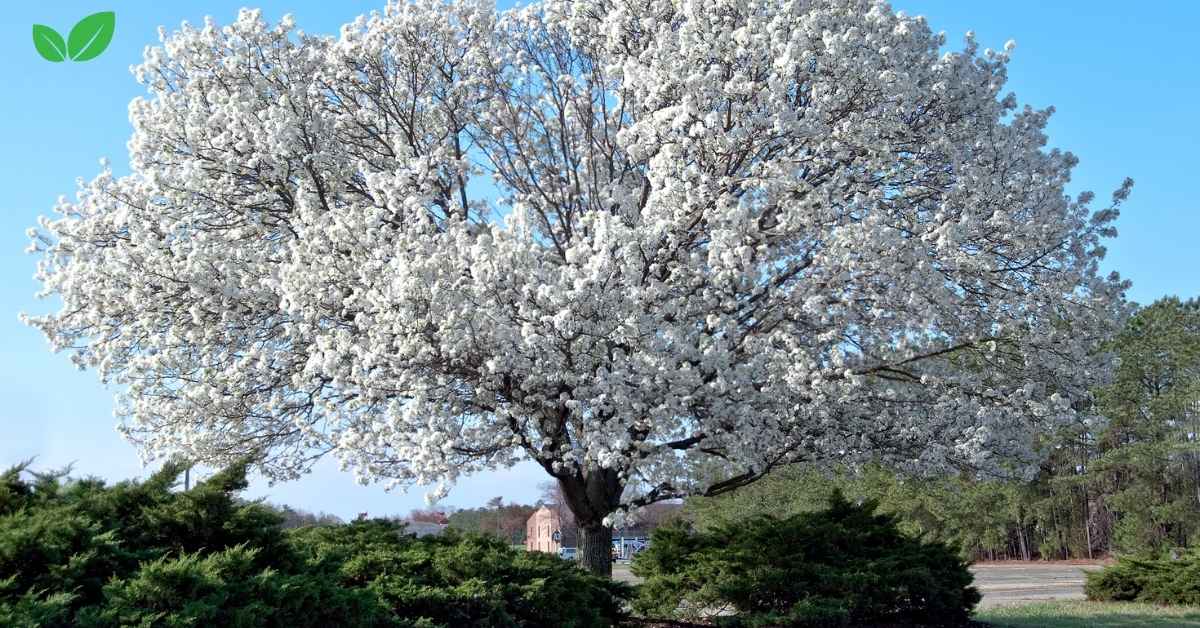Dogwood trees, belonging to the Cornus genus, are well known for their beautiful flowers, attractive foliage, and vibrant autumn colors. Native to North America, Europe, and parts of Asia, dogwoods have become a popular choice for gardens, parks, and natural landscapes. Beyond their aesthetic appeal, dogwoods play a crucial ecological role in the environments they inhabit. They provide food and habitat for wildlife, contribute to soil health, and are often a key species in various ecosystems. This article delves into the environmental niche of these trees, covering their habitat, physical characteristics, ecological roles, benefits, and the conservation challenges they face.
1. Understanding Dogwood Trees
These trees are diverse, with around 60 species in the Cornus genus, including trees, shrubs, and herbaceous perennials. These species vary greatly in size and form but share common traits such as distinctive flower clusters, attractive bracts, and a preference for temperate climates. Some of the most well-known species include the flowering dogwood (Cornus florida), Pacific dogwood (Cornus nuttallii), and the red twig (Cornus sericea).
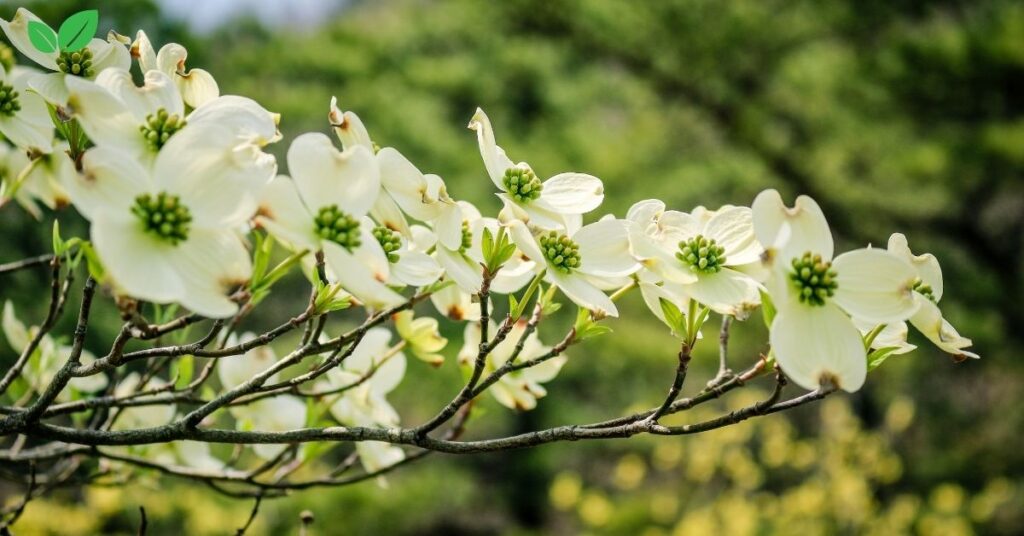
1.1. Species of Dogwood
These species can be broadly categorized based on their growth forms and native habitats:
- Flowering (Cornus florida): Native to eastern North America, this species is one of the most recognizable. It is renowned for its showy white or pink bracts that surround small clusters of yellow flowers. It is a common understory tree in deciduous forests.
- Pacific (Cornus nuttallii): Found along the west coast of North America, this species is similar to the flowering dogwood but can grow taller, reaching heights of up to 60 feet. It thrives in moist, forested areas from British Columbia to California.
- Red Twig (Cornus sericea): This shrubby is known for its striking red stems, particularly vibrant in winter. It is native to wetlands and riparian areas across North America and is often used in erosion control and landscaping.
- Kousa (Cornus kousa): Native to East Asia, including Japan, Korea, and China, Kousa dogwood is appreciated for its star-shaped flowers and tolerance to various soil conditions. It has become a popular ornamental tree in gardens worldwide.
1.2. Physical Characteristics of Dogwood Trees
They exhibit a range of physical characteristics that make them distinctive and adaptable:
- Bracts and Flowers: These are famous for their showy bracts—modified leaves that resemble petals and surround the true, small flowers. These bracts attract pollinators, making them a valuable plant for supporting local ecosystems.
- Fruit and Seeds: These produce small, berry-like fruits that are typically red or orange. These fruits are an important food source for birds and other wildlife. The seeds inside these fruits are dispersed through consumption and subsequent excretion by animals, aiding in the propagation of dogwoods in the wild.
- Leaves: The leaves of dogwoods are generally simple, opposite, and oval-shaped with smooth or slightly wavy edges. In autumn, many dogwood species display vivid colors ranging from deep red to purple, adding to their ornamental appeal.
2. Habitat and Distribution of Dogwood Trees
These trees have a wide geographical distribution, from the temperate forests of North America to the woodlands of East Asia. Their ability to adapt to different soil types, moisture levels, and climates has allowed them to thrive in a variety of environments.
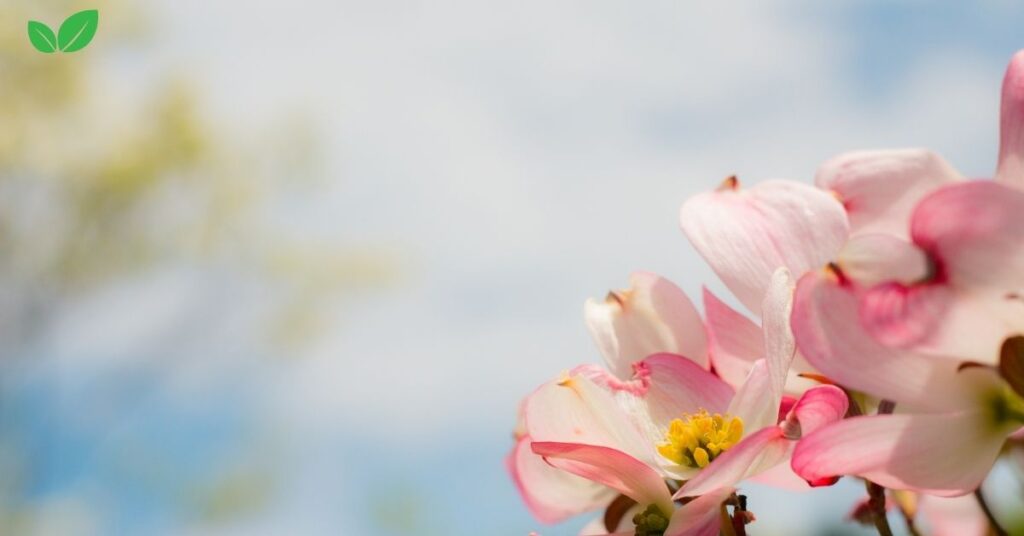
2.1. Geographical Range
These are found across diverse regions, each species adapted to specific environmental conditions:
- North America: The flowering dogwood and Pacific dogwood are prominent in the eastern and western United States, respectively. These species thrive in the understory of deciduous forests, where they benefit from filtered sunlight and moist, well-drained soils.
- Asia: Kousa is native to regions of Japan, Korea, and China, where it is commonly found in mixed forests and hilly areas. Its adaptability to different soil conditions has made it a popular choice for cultivation beyond its native range.
- Europe: In Europe, the Cornelian cherry dogwood (Cornus mas) is a native species, often found in the woodlands and hedgerows of the continent. It is known for its early spring flowers and edible fruits, which have been used in traditional remedies.
2.2. Preferred Habitats
They can occupy a range of habitats, but they have specific preferences that influence their distribution:
- Moist, Well-Drained Soils: Many species prefer moist soils that are rich in organic matter. They are often found along stream banks, in lowland forests, and at the edges of wetlands where water is available but drainage is good.
- Forest Understory: Dogwoods, especially the flowering and Pacific species, are well-suited to life in the understory of mixed deciduous forests. Here, they receive dappled sunlight, which helps them thrive without competition from larger canopy trees.
- Riparian Zones: Species like the red twig are particularly adapted to riparian zones—areas adjacent to rivers and streams. Their tolerance for wet soils makes them ideal for stabilizing banks and reducing soil erosion.
3. Ecological Role of Dogwood Trees
These trees play a significant ecological role in the ecosystems they inhabit, providing food and shelter for wildlife, contributing to soil health, and supporting pollinator populations.
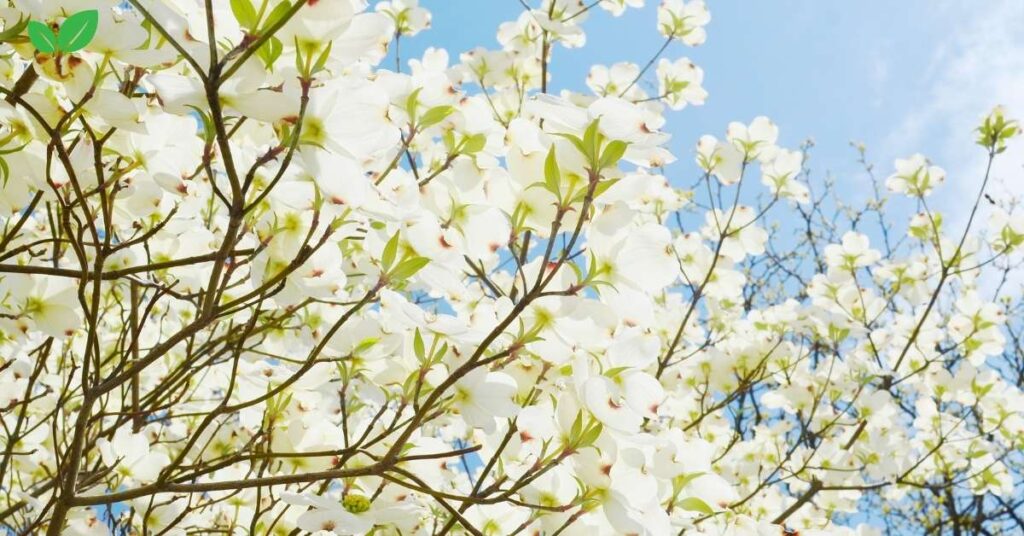
3.1. Food Source for Wildlife
These are a crucial source of food for many animal species, contributing to local biodiversity:
- Birds: The berry-like fruits of dogwoods are especially important for birds, providing a rich source of energy during migration and winter. Species like the American robin, cedar waxwing, and bluebird rely on dogwood berries for sustenance.
- Mammals: Small mammals such as squirrels, chipmunks, and deer feed on dogwood fruits, seeds, and occasionally the tender shoots. These interactions help disperse the seeds of dogwood, allowing them to colonize new areas.
- Insects: Their flowers attract a variety of pollinators, including bees, butterflies, and beetles. The nectar and pollen from these flowers support the diet of these insects, playing a role in maintaining healthy pollinator populations.
3.2. Erosion Control and Soil Health
They contribute to soil stability and health through their root systems and natural growth habits:
- Erosion Control: Shrubby dogwoods like the red twig dogwood are often used in conservation efforts to stabilize soil along riverbanks and slopes. Their extensive root systems help bind soil particles together, reducing erosion caused by water flow.
- Soil Enrichment: The fallen leaves of dogwood trees decompose and add organic matter to the soil, enriching it with nutrients. This process improves soil structure and fertility, benefiting surrounding plants and trees.
- Water Regulation: By occupying riparian zones, dogwoods play a role in regulating water flow and maintaining the health of aquatic ecosystems. Their roots help absorb excess water during periods of heavy rain, reducing the risk of flooding and sediment runoff into streams and rivers.
3.3. Role in Forest Succession
These play a part in the natural process of forest succession, helping to shape the composition of forests over time:
- Understory Growth: As understory trees, they can thrive in shaded conditions beneath larger canopy trees. This allows them to occupy a niche where competition for sunlight is less intense, making them an important part of the early stages of forest development.
- Supporting Regeneration: These provide habitat for birds and mammals that disperse seeds of other plant species. This process supports the regeneration of forests by introducing a variety of tree and shrub species into the ecosystem.
- Shade Tolerance: Shade tolerance enables them to persist in mature forests, contributing to the diversity and structure of forest understories. Their presence adds to the complexity of the forest environment, supporting a wider range of plant and animal species.
4. The Role of Dogwoods in Gardens and Landscaping
Beyond their natural habitats, dogwoods are widely used in gardens, parks, and urban landscapes. Their beauty and ecological benefits make them an attractive choice for those looking to create more sustainable green spaces.
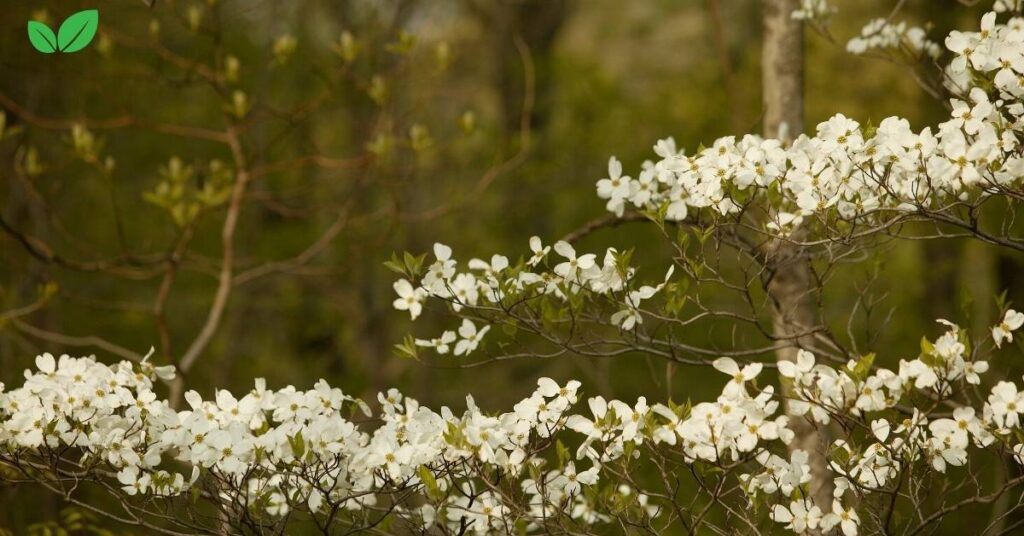
4.1. Ornamental Value
These are popular in horticulture due to their aesthetic appeal:
- Flowering Seasons: Flowering and Kousa dogwoods are especially prized for their spring blossoms, which create stunning displays of white, pink, or yellow flowers. These flowers are often followed by vibrant red or purple fruits that add color to gardens throughout summer and fall.
- Fall Foliage: Many species offer brilliant fall colors, with leaves turning shades of red, orange, and burgundy. This makes them a favorite choice for adding seasonal interest to landscapes.
- Winter Interest: Red twig are known for their colorful stems, which stand out against the snow during winter months. Their bright red branches create striking visual interest in winter gardens.
4.2. Wildlife-Friendly Gardens
In addition to their ornamental value, these are an excellent choice for creating wildlife-friendly gardens:
- Pollinator Gardens: Dogwoods can be planted as part of pollinator gardens to attract bees, butterflies, and other beneficial insects. Their flowers provide a valuable nectar source, particularly in early spring when other blooms may be scarce.
- Bird Habitat: Planting dogwoods can attract birds to gardens, as they provide food, shelter, and nesting sites. The dense branches of dogwoods offer protection for nesting birds and a refuge during inclement weather.
- Native Plant Landscaping: Using native species in landscaping helps support local ecosystems by providing habitat for native wildlife. It also ensures that the plants are well adapted to the local climate and soil conditions, reducing the need for chemical inputs like fertilizers and pesticides.
5. Challenges and Threats to Dogwood Populations
Despite their ecological importance and popularity in cultivation, dogwoods face several threats that can impact their populations and the health of the ecosystems they support.
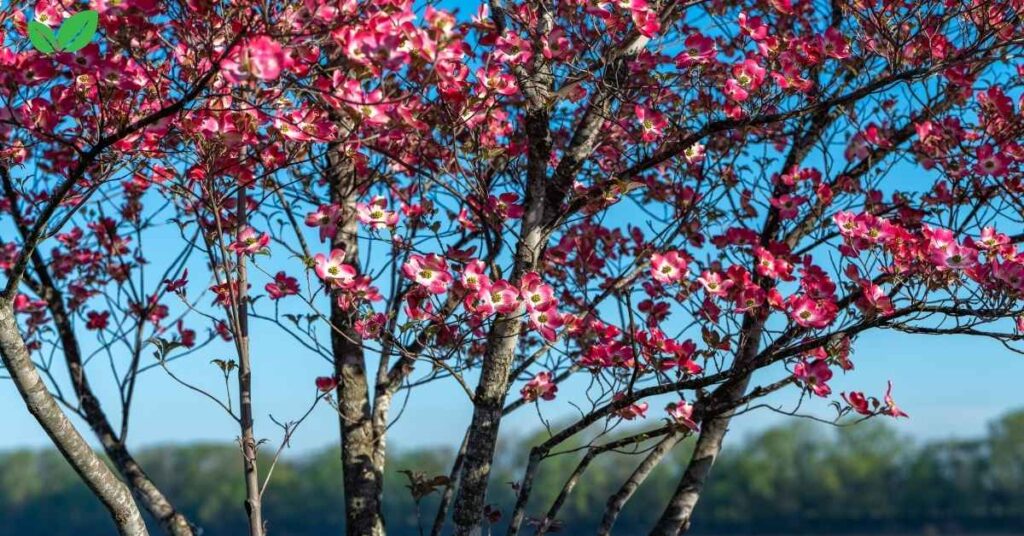
5.1. Pests and Diseases
These trees are susceptible to various pests and diseases, which can cause significant damage to individual trees and entire populations:
- Dogwood Anthracnose: This fungal disease (Discula destructiva) is one of the most serious threats to dogwood trees, particularly in North America. It causes leaf spots, twig dieback, and can eventually lead to tree death. Anthracnose has been especially devastating to native populations of flowering dogwood in the eastern United States.
- Powdery Mildew: Powdery mildew affects many dogwood species, covering leaves with a white, powdery coating. While not usually fatal, this disease can weaken trees and make them more susceptible to other stressors.
- Insect Pests: Dogwoods can be targeted by pests such as the dogwood borer and scale insects, which can damage the bark and leaves. These pests can be particularly problematic for young trees or those already stressed by other environmental factors.
5.2. Habitat Loss and Climate Change
Habitat loss and climate change pose long-term threats to dogwood populations:
- Urban Development: As forests and natural landscapes are converted into urban and suburban areas, native populations are often displaced. Loss of habitat reduces the availability of suitable growing sites and can fragment populations, limiting genetic diversity.
- Climate Shifts: Changing climate conditions, including warmer temperatures and altered precipitation patterns, can affect the growth and survival of these trees. For instance, species adapted to cooler climates may struggle to thrive as their native regions become warmer.
- Increased Drought Stress: Dogwoods, especially those that prefer moist environments, may be more vulnerable to prolonged periods of drought caused by climate change. This stress can make them more susceptible to diseases and pests.
5.3. Conservation Challenges
Efforts to conserve their populations face several challenges, requiring coordinated action from multiple stakeholders:
- Disease Management: Controlling the spread of dogwood anthracnose and other diseases is essential for the survival of native populations. This may involve developing resistant cultivars, promoting healthy growing conditions, and monitoring wild populations for signs of infection.
- Restoration Projects: Planting them as part of reforestation and habitat restoration projects can help support declining populations. These projects are especially important in regions where dogwoods have been severely impacted by disease or habitat loss.
- Public Awareness and Education: Educating the public about the importance of native plants and the role of these trees in local ecosystems can encourage more people to plant and care for these trees. This grassroots approach can support broader conservation efforts.
6. Conservation and Restoration Efforts
Efforts to conserve and restore these tree populations are crucial for maintaining their ecological roles and preserving the beauty they bring to landscapes.
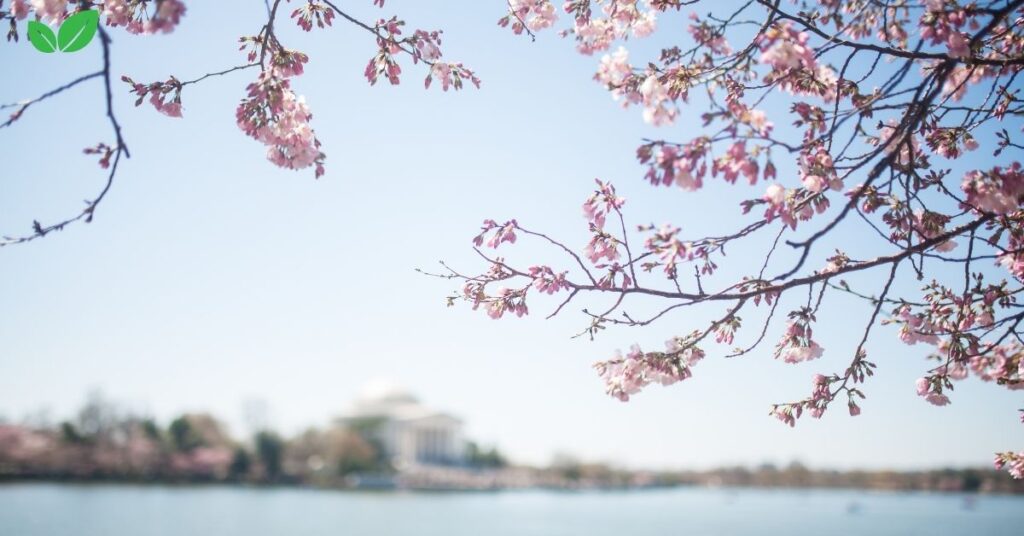
6.1. Developing Disease-Resistant Varieties
Plant breeders have focused on developing varieties that are resistant to common diseases:
- Resistant Cultivars: Hybrids, such as Cornus kousa x Cornus florida hybrids, have been developed to combine the disease resistance of Kousa with the beauty of native flowering dogwoods. These hybrids are more resistant to anthracnose and powdery mildew, making them a viable option for planting in disease-prone areas.
- Promoting Genetic Diversity: Planting a diverse range of species and cultivars can help maintain genetic diversity, making populations more resilient to emerging threats.
6.2. Habitat Restoration Projects
Restoration projects can reintroduce dogwoods into degraded landscapes:
- Riparian Buffer Planting: Red twig dogwoods and other moisture-tolerant species are often used in riparian buffer zones to improve water quality and stabilize riverbanks. These projects can help restore degraded waterways while providing habitat for wildlife.
- Urban Reforestation: Dogwoods are also used in urban reforestation projects to improve green spaces and support urban biodiversity. By planting dogwoods in parks, along streets, and in community gardens, cities can create more resilient urban ecosystems.
Conclusion
These dogwood trees are a vital component of many temperate ecosystems, offering beauty, ecological benefits, and practical uses in sustainable landscaping. From supporting pollinators and providing food for wildlife to stabilizing soils and enhancing garden aesthetics, dogwoods occupy a unique and valuable ecological niche. However, the challenges they face from diseases, habitat loss, and climate change underscore the need for focused conservation efforts.
By understanding and appreciating the role of these trees in our environment, we can take steps to protect these beloved trees and ensure that their ecological contributions continue for generations to come. Through community involvement, restoration projects, and the adoption of disease-resistant varieties, we can help dogwoods thrive in both natural landscapes and human-made environments.
Read More: Dwarf Dogwood Tree: Exploring Its Environmental Niche, Ecological Role, and Conservation

